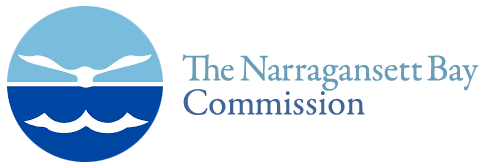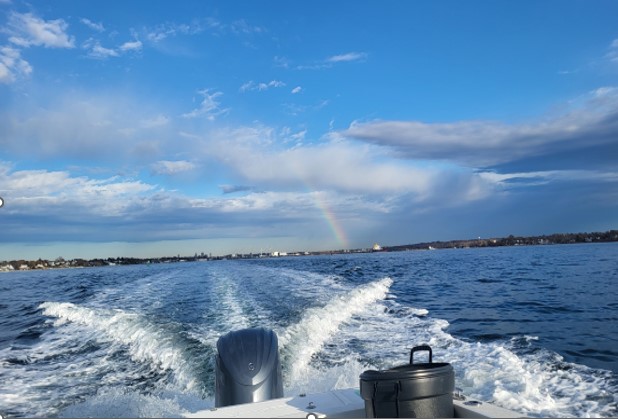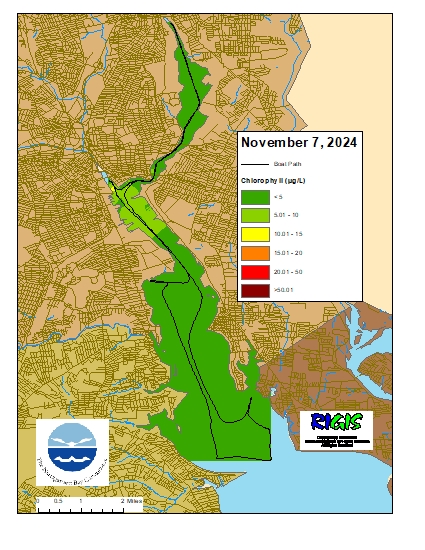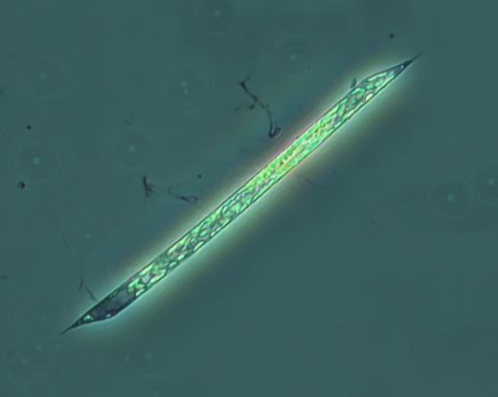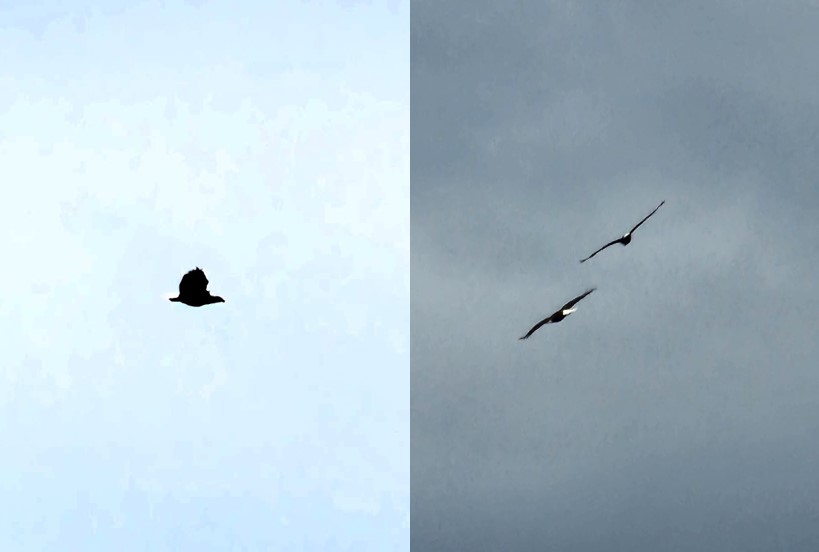June 5, 2024
On June 5th, twenty stations were sampled for fecal coliform bacteria in the Providence and Seekonk Rivers; five of these stations were also sampled for enterococci bacteria. In the five days prior to sampling, there was no precipitation recorded at TF Green. Overall, bacteria counts were higher in both the Seekonk and Providence Rivers than during the previous sampling event.
Fecal coliform counts were higher in the Seekonk River sites than in the Providence River sites (geometric means of 204 MPN/100 mL and 13 MPN/100 mL, respectively). The maximum counts (930 MPN/100 mL) were measured at Bishop Point and Off BP Outfall.
Enterococci results had an overall geometric mean of 28 MPN/100 mL. Enterococci counts ranged from <10 MPN/100 mL at Gaspee Point and Conimicut Point to 158 MPN/100 mL at Point St Bridge.
The next scheduled sampling date is June 17.
The table below lists the Rhode Island bacteria standards for primary contact and shellfishing established by the Rhode Island Department of Environmental Management (RIDEM). RIDEM defines primary contact as any recreational activities in which there is prolonged and intimate contact with water, involving considerable risk of ingesting water (e.g., swimming, diving, water skiing and surfing). Please note that the RIDEM bacteria standards are provided here for informational purposes only and are not intended to indicate official state compliance with primary contact or shellfishing standards.
Summary of Rhode Island Bacteria Standards for Saltwater Primary Contact and Shellfishing
| | Fecal Coliform | Enterococci |
| Primary Contact1 | Geometric mean ≤50 MPN/100 mL <10% of samples >400 MPN/100 mL | Geometric mean ≤35 colonies/100 mL All samples ≤104 colonies/100 mL2 |
| Shellfishing | Geometric mean ≤14 MPN/100 mL <10% of samples >49 MPN/100 mL3 | NO ENTEROCOCCI CRITERIA |
1Fecal coliform primary contact criteria applied only when adequate enterococci data are not available; 2Single sample maximum criterion for determining beach swimming advisories at designated beaches as evaluated by the Rhode Island Department of Health; 3For a three-tube decimal dilution
Table adapted from Rhode Island Water Quality Regulations (250-RICR-150-05-1); see regulations for complete details.
